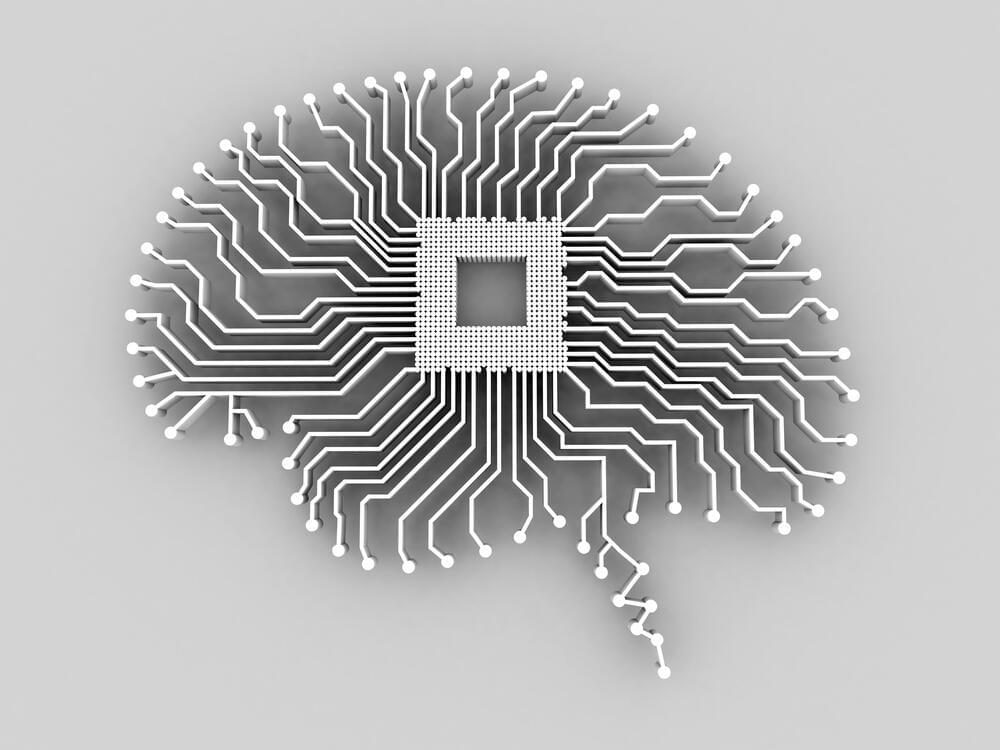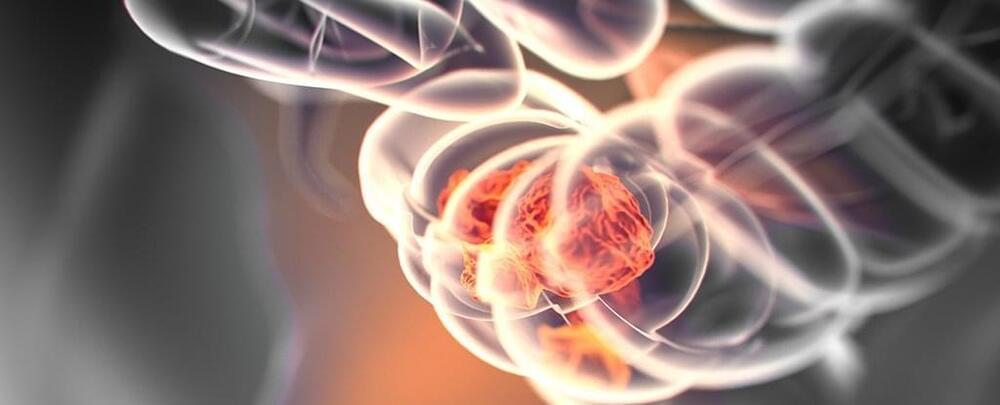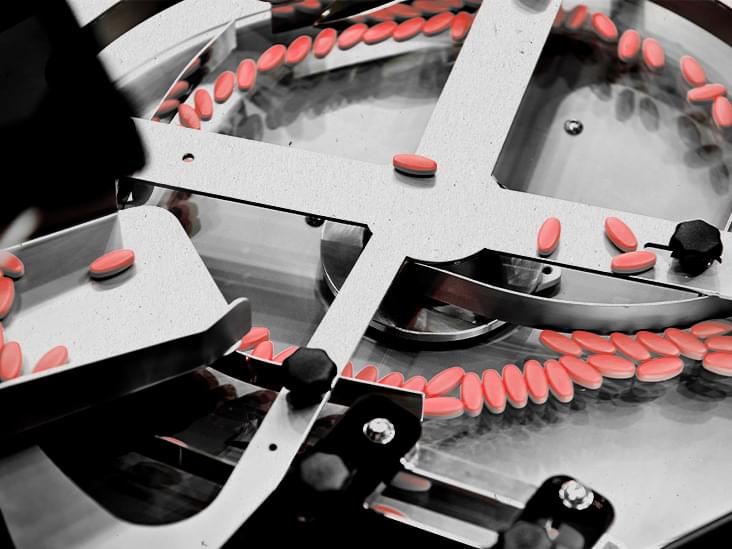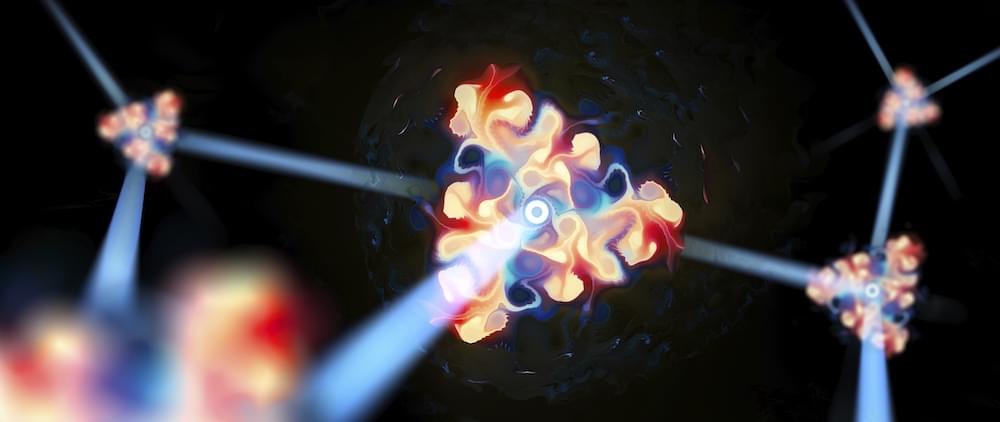Page 4773
Jun 7, 2022
Automatic debugging of software
Posted by Quinn Sena in categories: cybercrime/malcode, robotics/AI
Circa 2016
Computer programs often contain defects, or bugs, that need to be found and repaired. This manual “debugging” usually requires valuable time and resources. To help developers debug more efficiently, automated debugging solutions have been proposed. One approach goes through information available in bug reports. Another goes through information collected by running a set of test cases. Until now, explains David Lo from Singapore Management University’s (SMU) School of Information Systems, there has been a “missing link” that prevents these information gathering threads from being combined.
Dr Lo, together with colleagues from SMU, has developed an automated debugging approach called Adaptive Multimodal Bug Localisation (AML). AML gleans debugging hints from both bug reports and test cases, and then performs a statistical analysis to pinpoint program elements that are likely to contain bugs.
Jun 7, 2022
Monkeypox treatment: Smallpox antiviral shows promise
Posted by Quinn Sena in category: biotech/medical
Although the researchers cannot say for sure whether this was a direct result of tecovirimattreatment, the results suggest tecovirimat could help to prevent progression to severe disease and shorten the time spent in hospital. They recommend a 2-week course of treatment in order to fully clear the virus.
Speaking to Medical News Today, Dr. Stephen Morse, professor of epidemiology at the Columbia University Medical Center, and director of the Infectious Disease Epidemiology Certificate Program, noted that “tecovirimat is the most effective known antiviral for the orthopoxviruses, which includes smallpox — now officially eradicated — monkeypox, and others.”
“The mechanism of action of the drug, and the relatedness of these viruses, suggests that tecovirimat should be equally effective for other orthopoxviruses, but rigorous comparisons have not been possible because of small case numbers,” he added.
Jun 7, 2022
Quantum information was teleported over a network for the first time
Posted by Kelvin Dafiaghor in categories: biotech/medical, computing, internet, neuroscience, quantum physics
When Heroes (now streaming on Peacock!) hit the airwaves in September of 2006, few characters were as immediately beloved as the appropriately named Hiro Nakamura. Granted the ability to manipulate space-time, Hiro could not only slow down, speed up, and stop time, he could also teleport from one place to another. That’s a useful skill if you need to get to a specific point in time and space to fight an evil brain surgeon or prevent the end of the world. It’s also useful if you want to build the quantum internet.
Researchers at QuTech — a collaboration between Delft University of Technology and the Netherlands Organization for Applied Scientific Research — recently took a big step toward making that a reality. For the first time, they succeeded in sending quantum information between non-adjacent qubits on a rudimentary network. Their findings were published in the journal Nature.
While modern computers use bits, zeroes, and ones, to encode information, quantum computers us quantum bits or qubits. A qubit works in much the same way as a bit, except it’s able to hold both a 0 and a 1 at the same time, allowing for faster and more powerful computation. The trouble begins when you want to transmit that information to another location. Quantum computing has a communications problem.
Jun 7, 2022
Artificial General Intelligence Is Not as Imminent as You Might Think
Posted by Kelvin Dafiaghor in category: robotics/AI

A close look reveals that the newest systems, including DeepMind’s much-hyped Gato, are still stymied by the same old problems.
Jun 6, 2022
Transplantation of Human Gingiva-Derived Mesenchymal Stem Cells Ameliorates Neurotic Erectile Dysfunction in a Rat Model
Posted by Quinn Sena in categories: biotech/medical, life extension, neuroscience
Circa 2021 Immortality of the male genitalia in humans.
Cavernous nerve injury (CNI) is the main cause of erectile dysfunction (ED) following pelvic surgery. Our previous studies have demonstrated that transplantation of different sources of mesenchymal stem cells (MSCs) was able to alleviate ED induced by CNI in rat models. However, little is known about the therapeutic effects of human gingiva-derived MSCs (hGMSCs) in CNI ED rats. Herein, we injected the hGMSCs around the bilateral major pelvic ganglia (MPG) in a rat model of CNI and evaluated their efficacy. The results showed that treatment of hGMSCs could significantly promote the recovery of erectile function, enhance smooth muscle and endothelial content, restore neuronal nitric oxide synthase (nNOS) expression, and attenuate cell apoptosis in penile tissue. Moreover, penile fibrosis was significantly alleviated after hGMSC administration. In addition, potential mechanism exploration indicated that hGMSCs might exert its functions via skewed macrophage polarity from M1 toward M2 anti-inflammatory phenotype. In conclusion, this study found that transplantation of hGMSCs significantly improved CNI-related ED, which might provide new clues to evaluate their pre-clinical application.
There are many causes of erectile dysfunction (ED), which include psychological factors, neurological disorders (such as multiple sclerosis, temporal lobe epilepsy, and cavernous nerve injury), and vasculogenic disorders (such as atherosclerosis, hypertension, and diabetes mellitus). Neurogenic sexual dysfunction makes up about 10–19% in all causes of erectile dysfunction. Neurotic erectile dysfunction is one of most important complications after radical prostatectomy and rectectomy, owing to intraoperative damage of the pelvic cavernous nerve (CN). It affects not only the physical but also mental health in postoperative patients. Despite the improvement of nerve-sparing techniques, the incidence of neurotic ED still has no substantial improvement. The incidences of ED range from 75 to 80% after pelvic surgery (Schauer et al., 2015).
Jun 6, 2022
Secretomes of human pluripotent stem cell-derived smooth muscle cell progenitors upregulate extracellular matrix metabolism in the lower urinary tract and vagina & Therapy
Posted by Quinn Sena in categories: biotech/medical, life extension
Circa 2021 Secretomes of human pluripotent stem cell-derived smooth muscle cell progenitors upregulate extracellular matrix metabolism in the lower urinary tract and vagina.
Adult mesenchymal stem cells (MSCs) have been studied extensively for regenerative medicine; however, they have limited proliferation in vitro, and the long culture time induces cell senescence. MSCs also contribute to tissue repair through their paracrine function. In this study, we sought to examine the paracrine effects of human smooth muscle cell progenitors (pSMC) on the urethra and adjacent vagina of stress urinary incontinence rodents. We use human pluripotent stem cell (PSC) lines to derive pSMCs to overcome the issue of decreased proliferation in tissue culture and to obtain a homogenous cell population.
Three human PSC lines were differentiated into pSMCs. The conditioned medium (CM) from pSMC culture, which contain pSMC secretomes, was harvested. To examine the effect of the CM on the extracellular matrix of the lower urinary tract, human bladder smooth muscle cells (bSMCs) and vaginal fibroblasts were treated with pSMC-CM in vitro. Stress urinary incontinence (SUI) was induced in rats by surgical injury of the urethra and adjacent vagina. SUI rats were treated with pSMC-CM and monitored for 5 weeks. Urethral pressure testing was performed prior to euthanasia, and tissues were harvested for PCR, Western blot, and histological staining. Kruskal-Wallis one-way ANOVA test and Student t test were used for statistical comparisons.
Jun 6, 2022
AI translates maths problems into code to make them easier to solve
Posted by Dan Kummer in category: robotics/AI
An artificial intelligence can translate maths problems written in plain English to formal code, making them easier for computers to solve in a crucial step towards building a machine capable of discovering new maths.
Jun 6, 2022
New NASA spacecraft could survive a hellish descent on Venus
Posted by Dan Kummer in categories: chemistry, space
NASA will launch a mission that will both fly by Venus and descend through its harsh atmosphere in 2029. Called DAVINCI, the Deep Atmosphere Venus Investigation of Noble gases, Chemistry and Imaging mission will be the first to study Venus through both flybys and descent.
The spacecraft is expected to explore the layered Venusian atmosphere and reach its surface by June 2031. The DAVINCI mission will be able to capture data about Venus that scientists have been eager to measure since the early 1980s.
Only two NASA missions have previously visited the second planet from our sun – Pioneer in 1978 and Magellan in the early ’90s.
Jun 6, 2022
Every Single Patient in This Small Experimental Drug Trial Saw Their Cancer Disappear
Posted by Quinn Sena in categories: biotech/medical, innovation

😃
In what appears to be a very promising breakthrough for the treatment of rectal cancer, a small drug trial conducted in the US found every patient treated in the experiment had their cancer successfully go into remission.
















